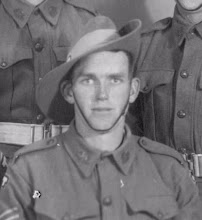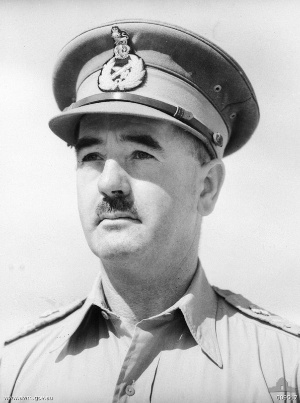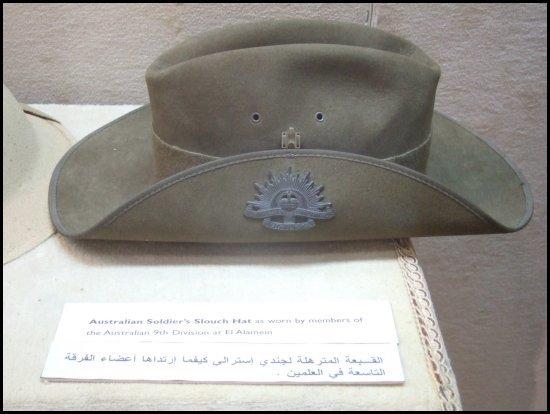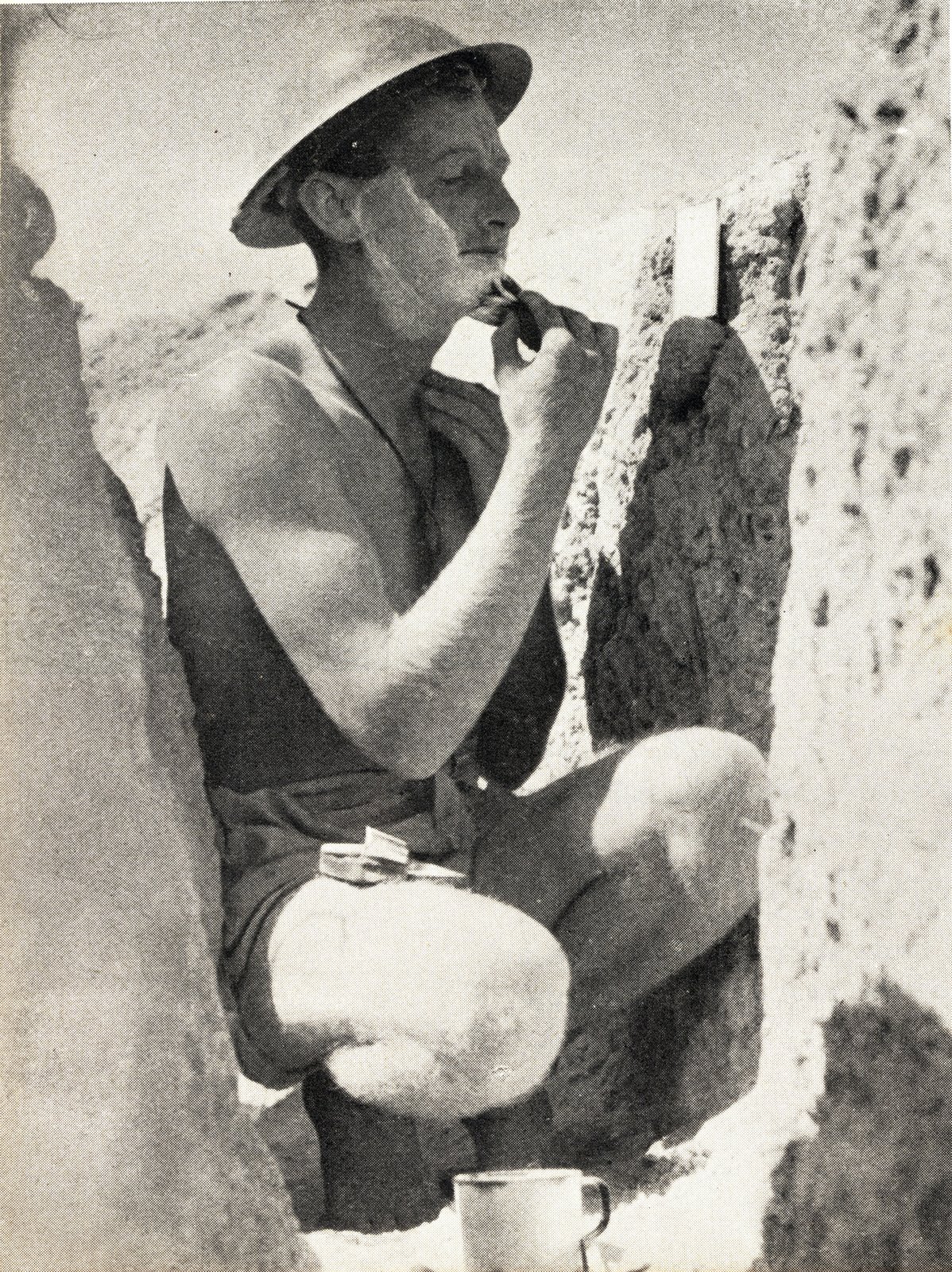A fiery end to an Italian air raid.
This Italian bomber met with a fiery end after attempting to bomb Australian positions at Tobruk. Relatively structurally intact, this suggests that the plane managed to make a forced landing but was consumed by fire whilst grounded.
Whether destroyed by fire, or Australian scroungers, there is very little left that is salvageable on this plane. Note the completely featureless landscape behind the wreck.
Image 020071 Australian War Memorial.










